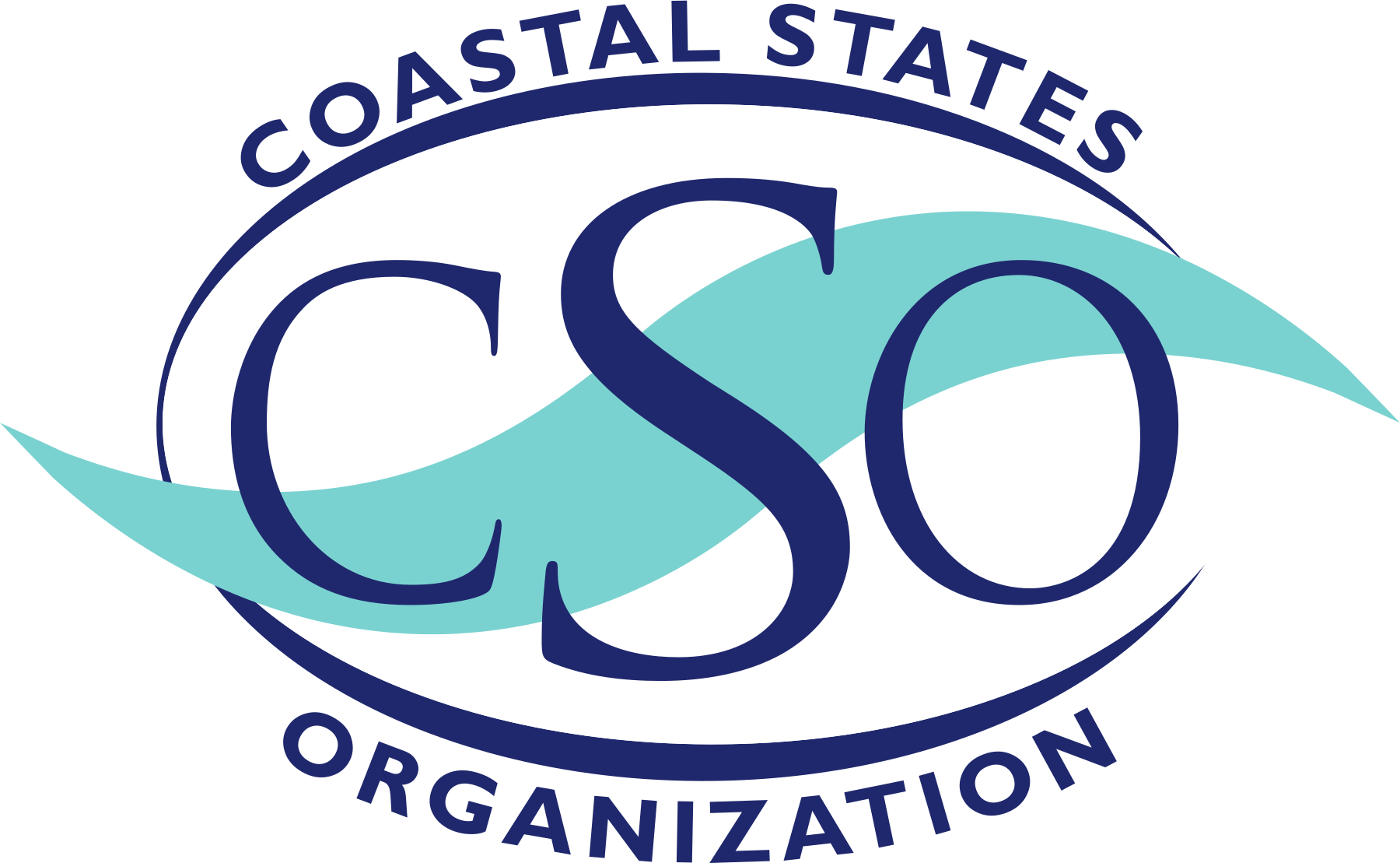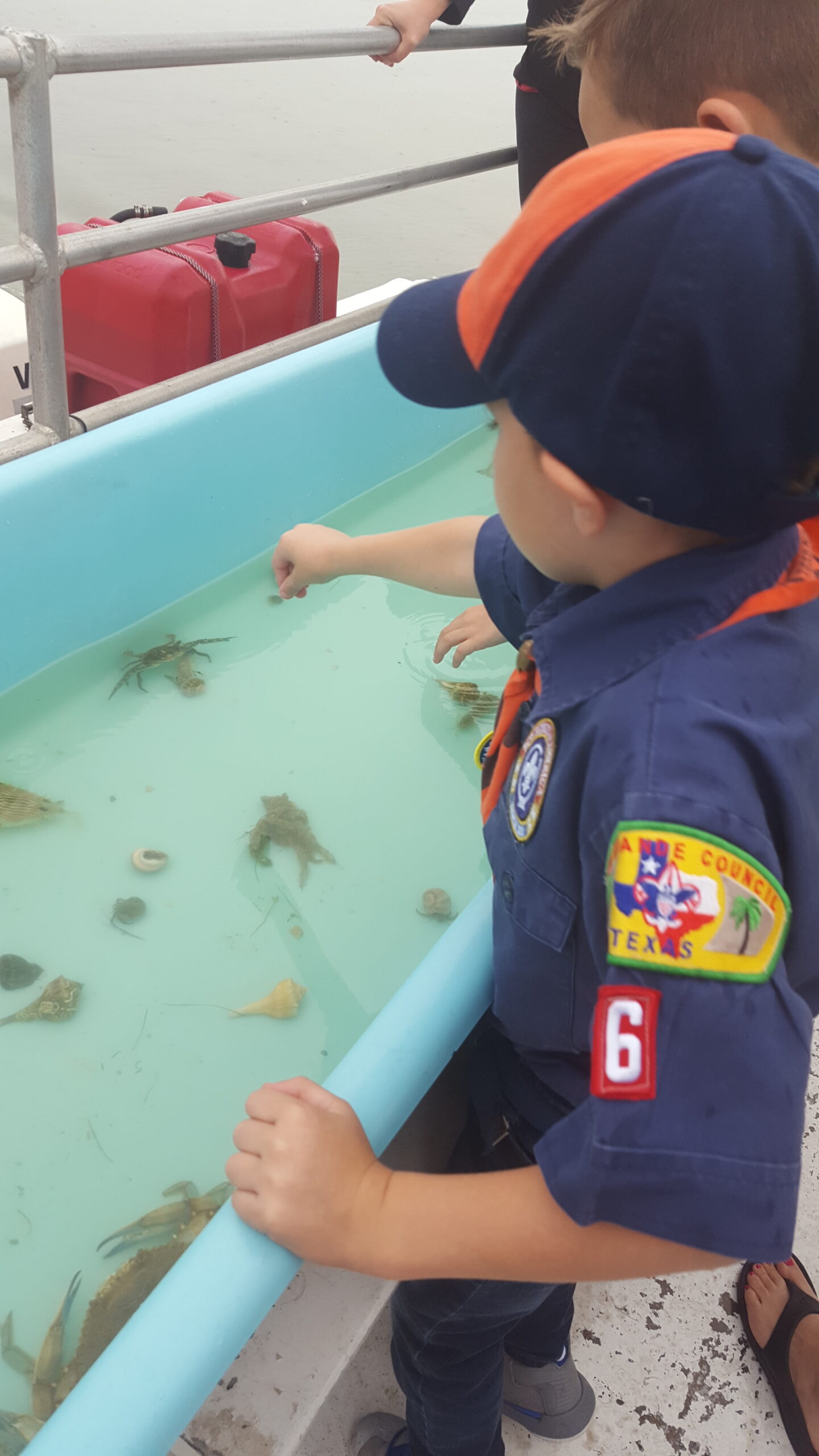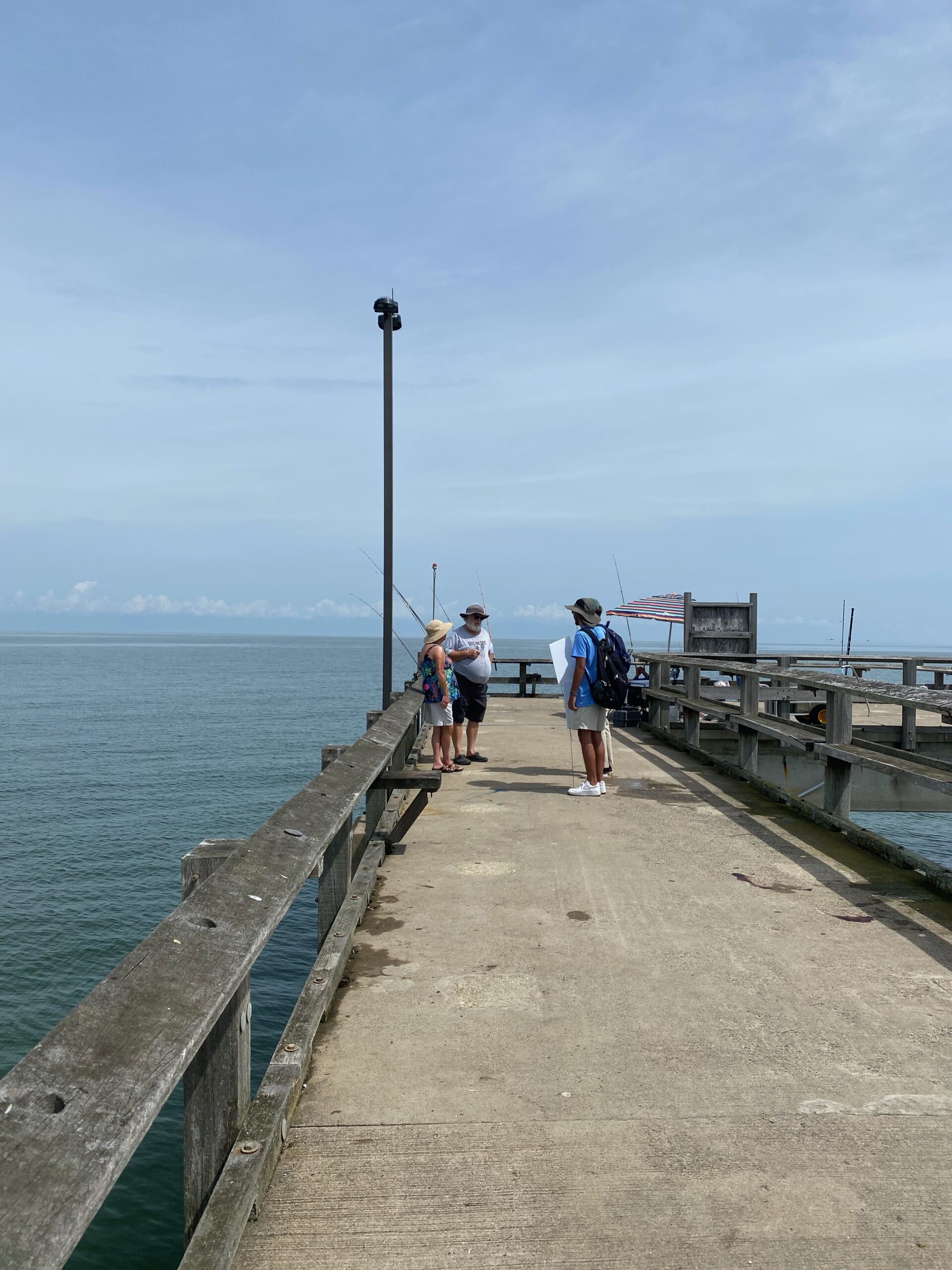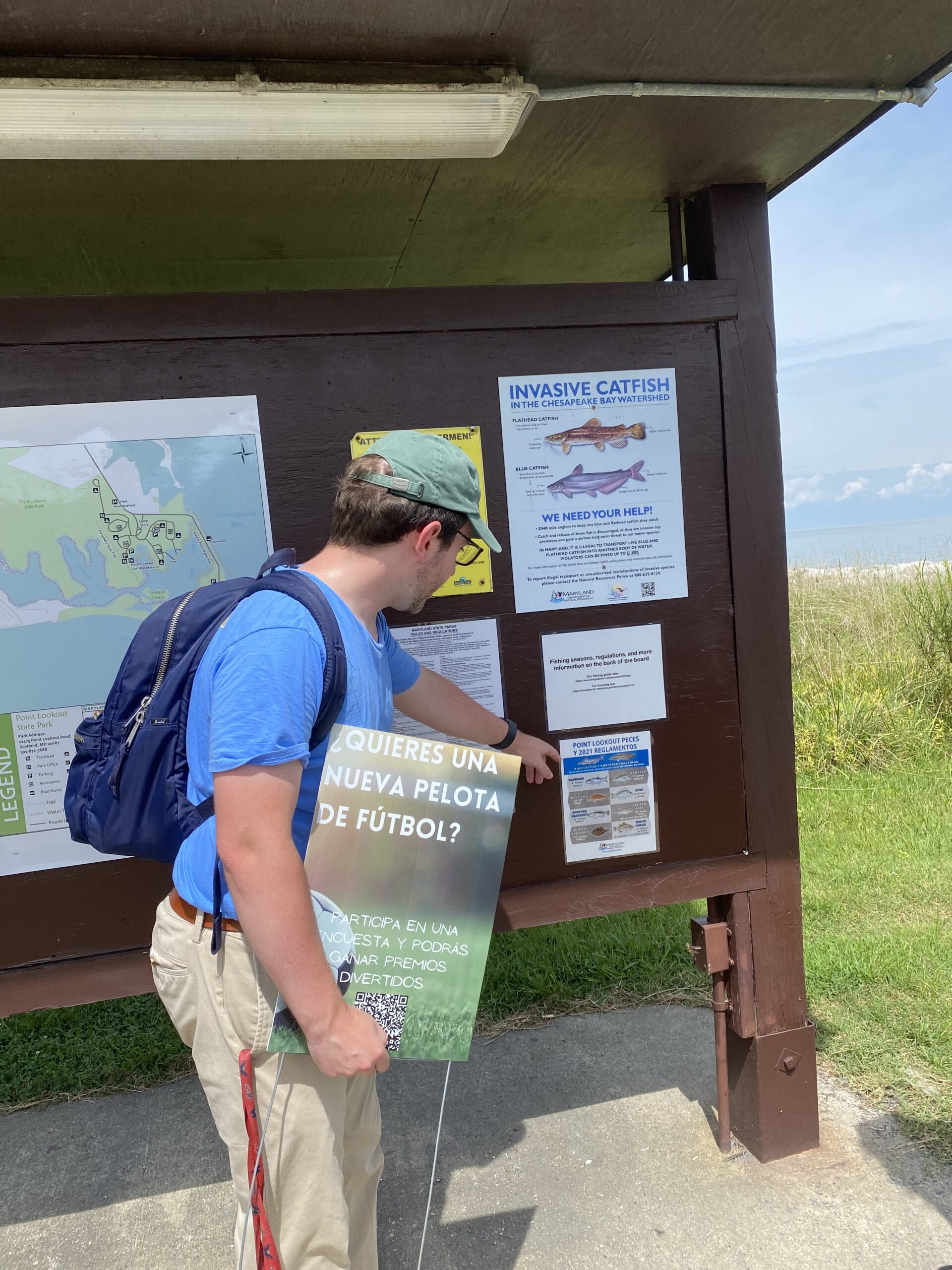Hispanic and Latinx Heritage Month
National Hispanic and Latinx Heritage Month celebrates the histories, cultures and contributions of those whose ancestors came from Spain, Mexico, the Caribbean and Central and South America. Hispanic Heritage Week started in 1968 and was expanded in 1988 to cover a 30-day period starting on September 15th and ending on October 15th. The Month kicks of on September 15th, which is the anniversary of independence for Latin American countries Costa Rica, El Salvador, Guatemala, Honduras and Nicaragua. In addition, Mexico and Chile celebrate their independence days on September 16th and September 18th, respectively. Also within this Month on October 12th is Día de la Raza which is the celebrated in numerous Latin American Countries (Día de la Hispanidad in Spain and Día de la Resistencia Indígena in Venezuela) as a counter to Columbus Day and a celebration of native cultures.
During Hispanic and Latinx Heritage Month, CSO highlights different coastal management programs and professionals working to protect and restore coastal communities.
Definitions
Hispanic refers to a person who is from, or is a descendant of someone who is from, a Spanish-speaking country.
Latino/a or Latinx refers to a person who is from, or is a descendant of someone who is from, a country in Latin America.
Spotlight On A Coastal Manager: Alejandra Enriquez
Alejandra Enriquez is a 2021 Knauss Fellow from South Carolina Sea Grant and is currently working as the Assistant to the Technical Director for the United States Army Corps of Engineers (USACE) Civil Works Research and Development Office. She is a Chicana/Latina and aspires to be a marine biologist working on the forefront of fisheries and climate change. Alejandra shared her perspective and experience as a Chicana coastal professional.
Texas Coastal Program
Texas General Land Office, Coastal Management Program (GLO)
GLO’s Coastal Resources area has done work in predominately Hispanic communities along the Texas coast using Coastal Management Program grant funds from NOAA. A few of the projects are highlighted below.
Lower Rio Grande Valley Low Impact Development Education and Demonstration Program
San Benito Wetlands Project – Phase II – IV
Texas A&M AgriLife Extension Service and Texas Water Resource Institute (TWRI) with a grant from Texas GLO Coastal Program initiated a wastewater reuse and treatment project with the City of San Benito (the City), which is a predominantly Hispanic community (86.93%) and is providing public access and enhanced birding opportunities to this community. The goal of the project was to reduce amounts of bacteria, sediments, and other impairments entering the Arroyo Colorado tidal segment of the Rio Grande. Phases 1 and 2 of the projects turned abandoned wastewater treatment ponds into wetlands that now filter nearly 4.25 million gallons of treated wastewater from the City’s operating water treatment plant each month. Phase 3 of the project increased the capacity of the wetland system by adding three additional 16.7-acre former wastewater treatment ponds to the system. These ponds settle 62 million gallons of treated wastewater in four months. Additionally, Phase 3 created public education opportunities, including informational signs describing the water treatment process on a pier at the site. Phase 4 improved existing infrastructure, synthesize long-term water quality data, and continue to develop public outreach materials and restore wetland habitat areas.
Before:
Willacy County Youth Coastal Adventures
The Rio Grande Valley and lower Texas coast are home to unique marine ecosystems including the unspoiled, hypersaline Laguna Madre and the pristine southern section of the Padre Island National Seashore. Despite living near the coast, the vast majority of Willacy County school children have never been exposed to these rare ecosystems. Willacy County, which is predominantly Hispanic and Lation@, is the poorest county in Texas and has the second-highest child poverty rate with 45.9% of children living below the poverty line. These economic conditions are reflected in Willacy County school systems where resources for extracurricular activities such as educational field trips are exceedingly limited.

Texas Floating Classroom (TFC) used GLO Texas Coastal Program funds to provide Texas students hands-on access to marine education throughout the Texas Gulf Coast. TFC takes elementary, middle and high school students on field trips to the “floating classroom” onboard the 37-foot research vessel the RV Archimedes. At sea, students participate in a highly curated and customized environmental education program that aligns with Texas Essential Knowledge and Skills (TEKS) standards. The onboard program includes lessons on water quality, bird and marine wildlife and microbiology; training in the scientific method; and instruction on instruments and techniques used by professional field researchers.
Beach Access Points and Dune Walkovers
Cameron County and the City of South Padre Island have historically had high Hispanic populations. The County and City used Texas GLO Coastal Program grant funds to construct numerous Americans with Disability Act (ADA) compliant beach access points, dune walkovers and public gathering sites for the local community. Access points, walkovers and gathering sites can be found in the following locations, to name a few:
- Moonlight Beach Access Improvement
- Ocean Circle Beach Access Improvement
- The Walkover at the Peral
- Parking Improvements and Educational Pavilion at Cameron County Beach Access #3
- Adolph Thomae Jr. Park Educational Pavilion
- Whitecap Circle Beach Access
- Sea Island Beach Access
- City of South Padre Island Lifeguard Stand Creation
Maryland Coastal Program
Maryland Department of Natural Resources (DNR), Chesapeake and Coastal Services (CCS), Coastal Zone Management Program
Maryland’s Coastal Program partners with Defensores de la Cuenca to engage with the Hispanic and Latin community. In Spanish most nouns, pronouns, and other words are gendered – either masculine ending in an “o” or feminine ending in a “a.” Instead of using the gendered Latino/Latina, Defensores uses the gender-neutral Latin@ instead.






